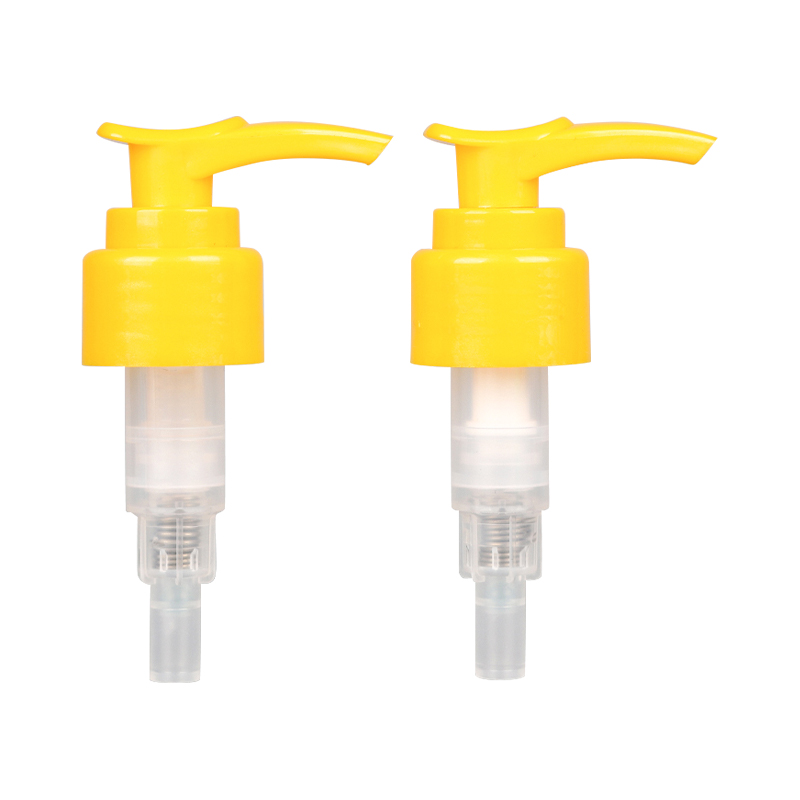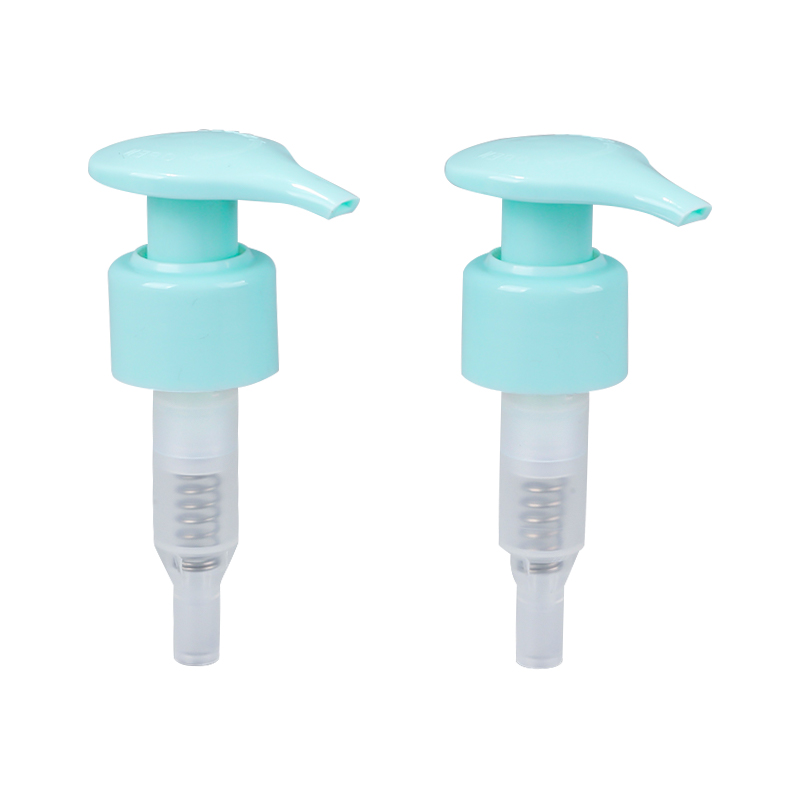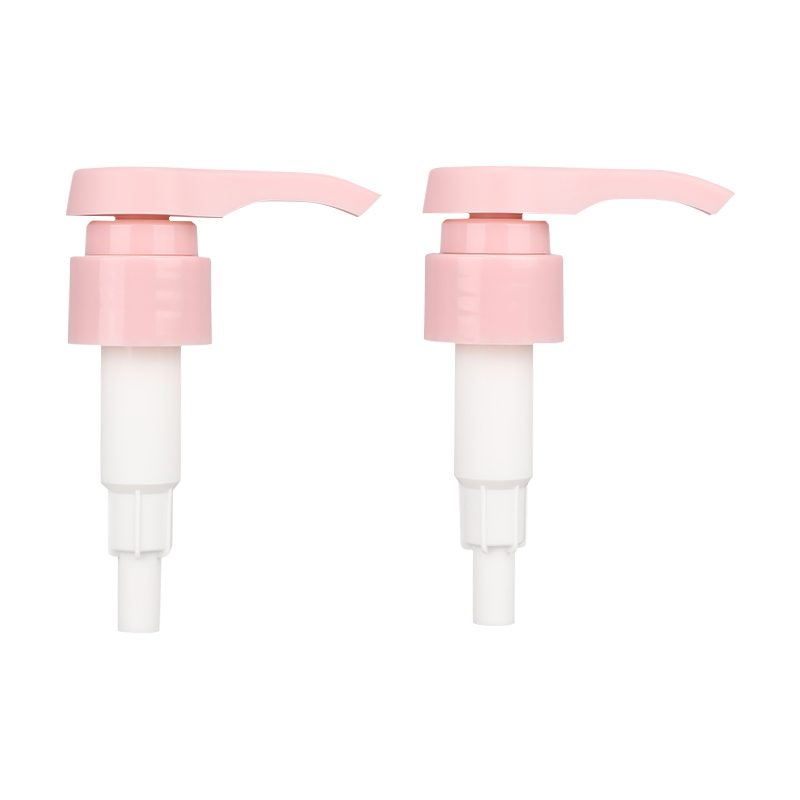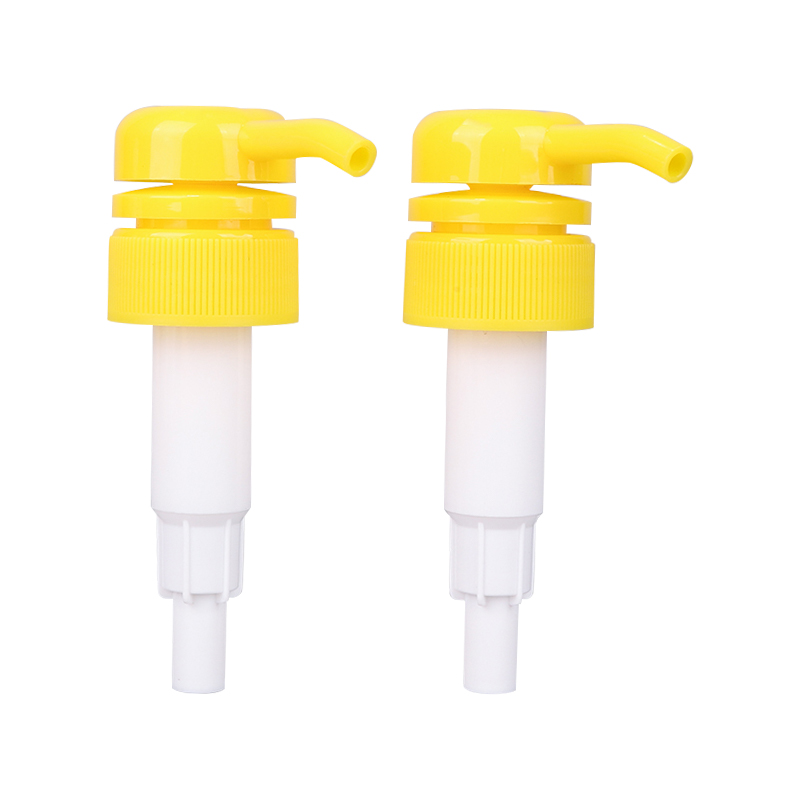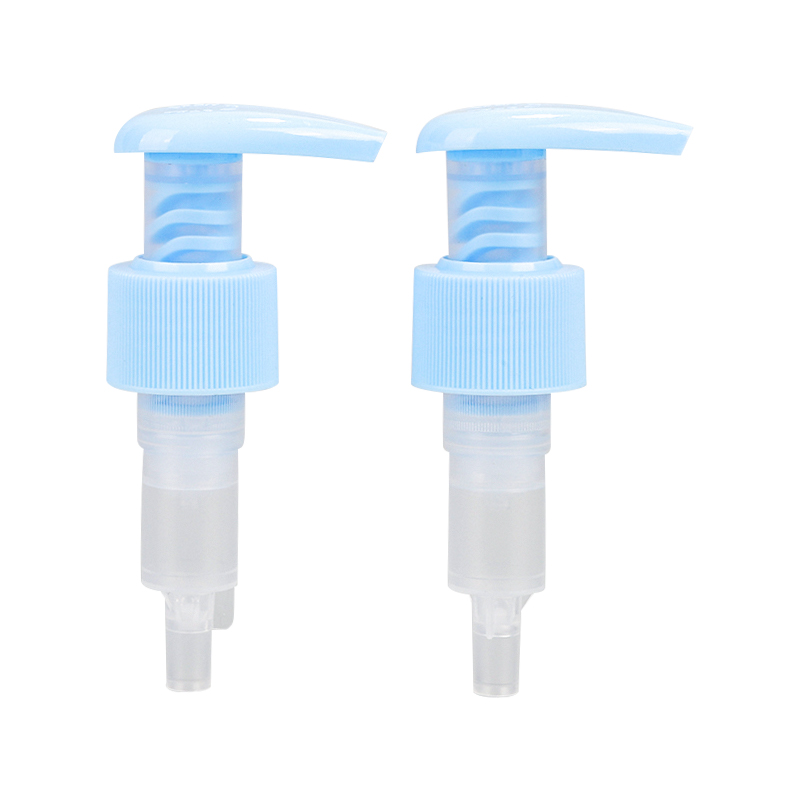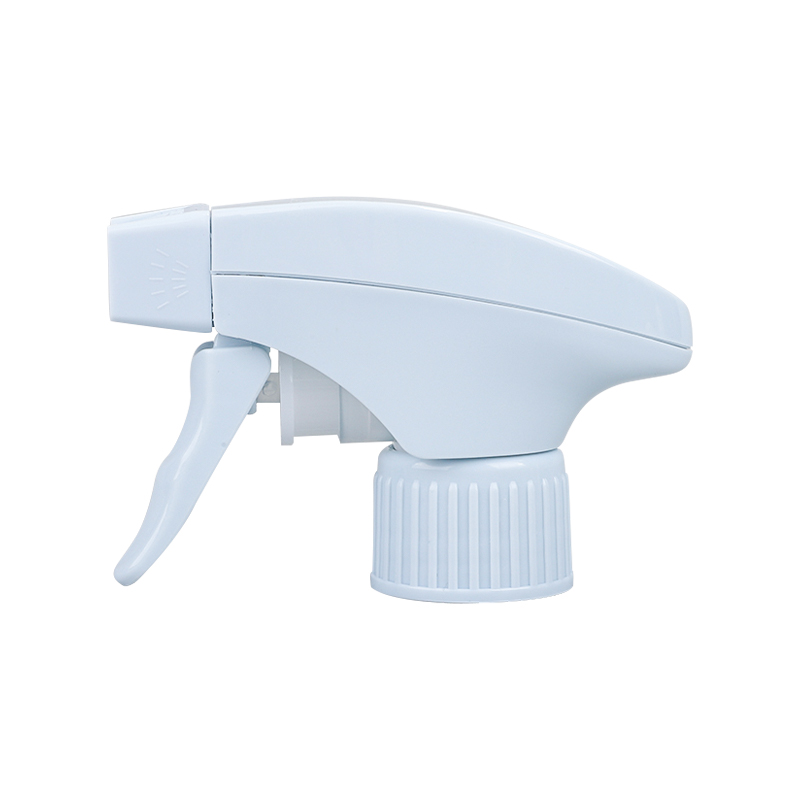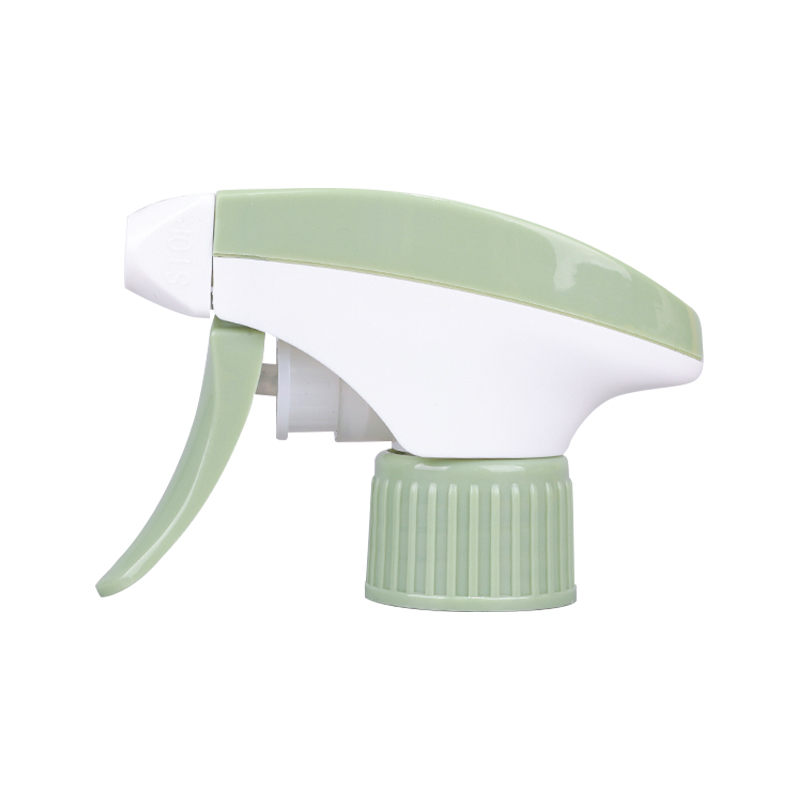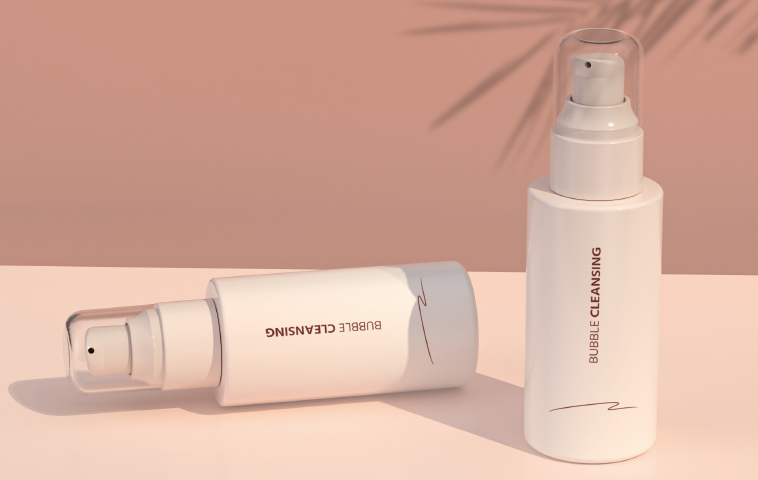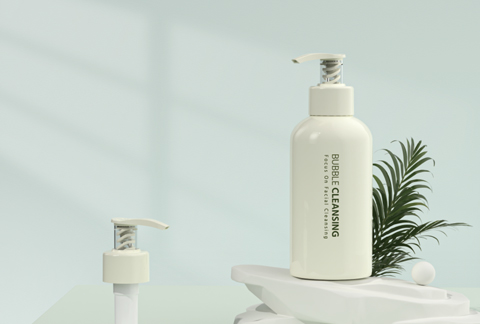Ergonomic Handle Design
The ergonomic design of the handle is one of the most crucial aspects that contribute to user comfort during prolonged usage. A well-designed handle promotes a natural, relaxed grip, ensuring that the user’s hand does not experience unnecessary strain or discomfort.
-
Comfortable Grip Shape: Handle that mimics the natural curvature of the human hand allows for a secure and balanced hold, reducing the need for users to exert excessive pressure. Contour designs help to distribute the force of gripping more evenly across the palm and fingers, preventing hot spots that can lead to fatigue or discomfort over time. The handle is typically contoured to fit the palm and fingers, ensuring that the user can operate the sprayer for extended periods without developing cramps or fatigue.
-
Non-Slip Surface: Many high-quality bottle trigger sprayers feature a rubberized or textured grip to ensure secure handling, even in wet or slippery conditions. The anti-slip properties improve control, reducing the likelihood of accidental slippage during spraying. This enables the user to focus on the task at hand without constantly adjusting their grip, thereby reducing the effort needed to keep the sprayer in hand.
-
Grip Material: The material used for the handle can also significantly affect comfort. Soft-touch or rubberized materials create a cushioned effect, absorbing pressure and preventing the handle from becoming too hard or uncomfortable over long periods of use. These materials also provide a more secure grip, reducing the risk of strain from excessive tightening of the hand muscles.
Lightweight Construction
The overall weight of the Bottle Trigger Sprayer has a significant effect on hand fatigue during extended use. If a sprayer is too heavy, it places unnecessary strain on the hand, wrist, and arm muscles, potentially causing discomfort and pain after prolonged operation.
-
Material Choices: To reduce fatigue, manufacturers often use lightweight materials such as high-density plastic or composite polymers in the construction of trigger sprayers. These materials offer a durable yet lightweight solution that ensures sprayer remains robust without adding unnecessary weight. By choosing lightweight components, sprayers are easier to handle over time, preventing the user from experiencing arm or wrist fatigue.
-
Optimized Balance: In addition to material selection, the balance of the sprayer is an important consideration. A well-balanced sprayer ensures that the weight is evenly distributed across the device, minimizing stress on any single part of the hand or wrist. A balanced sprayer also reduces the need for the user to adjust their grip or posture, which helps prevent muscle strain and enhances long-term comfort during use.
-
Compact Design: Compact and streamlined sprayers are often more comfortable to handle, as they fit naturally into the user’s hand without requiring excessive effort to hold them. A compact design allows the user to maneuver sprayer easily, reducing the amount of force needed to direct it at a specific target, especially in repetitive spraying tasks.
Trigger Mechanism Design
The design of the trigger mechanism is central to reducing hand strain, as the force required to pull the trigger can be a significant factor in hand fatigue.
-
Smooth and Responsive Action: Modern Bottle Trigger Sprayers are designed with low-resistance triggers that allow for easy actuation with minimal force. A smooth, responsive trigger reduces the amount of effort needed to initiate spraying, minimizing strain on the fingers and wrist. This is particularly important in situations where users need to continuously spray over extended periods, such as when cleaning or watering plants.
-
Light Pull Force: Some advanced trigger sprayers use spring-loaded mechanisms or light-pull designs that reduce the force needed to engage the trigger. By lowering the activation threshold, these sprayers allow users to operate them without overexerting their hand muscles. This is essential for tasks that require continuous spraying, as it minimizes finger fatigue caused by repeatedly pulling the trigger.
-
Multi-Stage Trigger Action: In some designs, the trigger allows for multi-stage spraying, where different levels of spray can be activated by adjusting the pull strength. For example, a light pull might produce a fine mist, while a full pull delivers a stronger, more forceful stream. This variable spray output reduces the need for multiple trigger pulls, cutting down on the repetitive motion that can lead to hand and finger fatigue.
Finger and Wrist Alignment
The ergonomics of the trigger mechanism, including its placement and how the hand interacts with the sprayer, is crucial in reducing the likelihood of developing muscle strain or joint discomfort during prolonged use.
-
Neutral Hand Position: The trigger’s placement and the sprayer’s design are optimized to allow the user’s hand to remain in a natural position while operating the sprayer. Ideally, the user’s fingers should be able to pull the trigger without twisting their wrist or bending their fingers excessively. A neutral hand and wrist position ensures that the user does not experience unnecessary stress on their joints, preventing repetitive strain injuries (RSI) and allowing for more comfortable spraying.
-
Less Finger Movement: Some sprayers are designed so that the user does not have to overextend or overexert their fingers. Contoured triggers or larger trigger surfaces enable the user to operate the sprayer with minimal finger movement. This is particularly beneficial for tasks where long sessions of spraying are required, such as in agricultural settings or cleaning tasks.
-
Reduced Wrist Strain: In addition to finger comfort, the design of the sprayer also aims to minimize the strain on the wrist. A sprayer with an optimized handle and trigger mechanism keeps the wrist in a neutral position, which reduces the likelihood of wrist pain during use. This feature is especially important for users performing tasks with a lot of repetitive motion, such as gardeners, cleaners, or industrial workers.

 English
English русский
русский Français
Français Español
Español italiano
italiano
